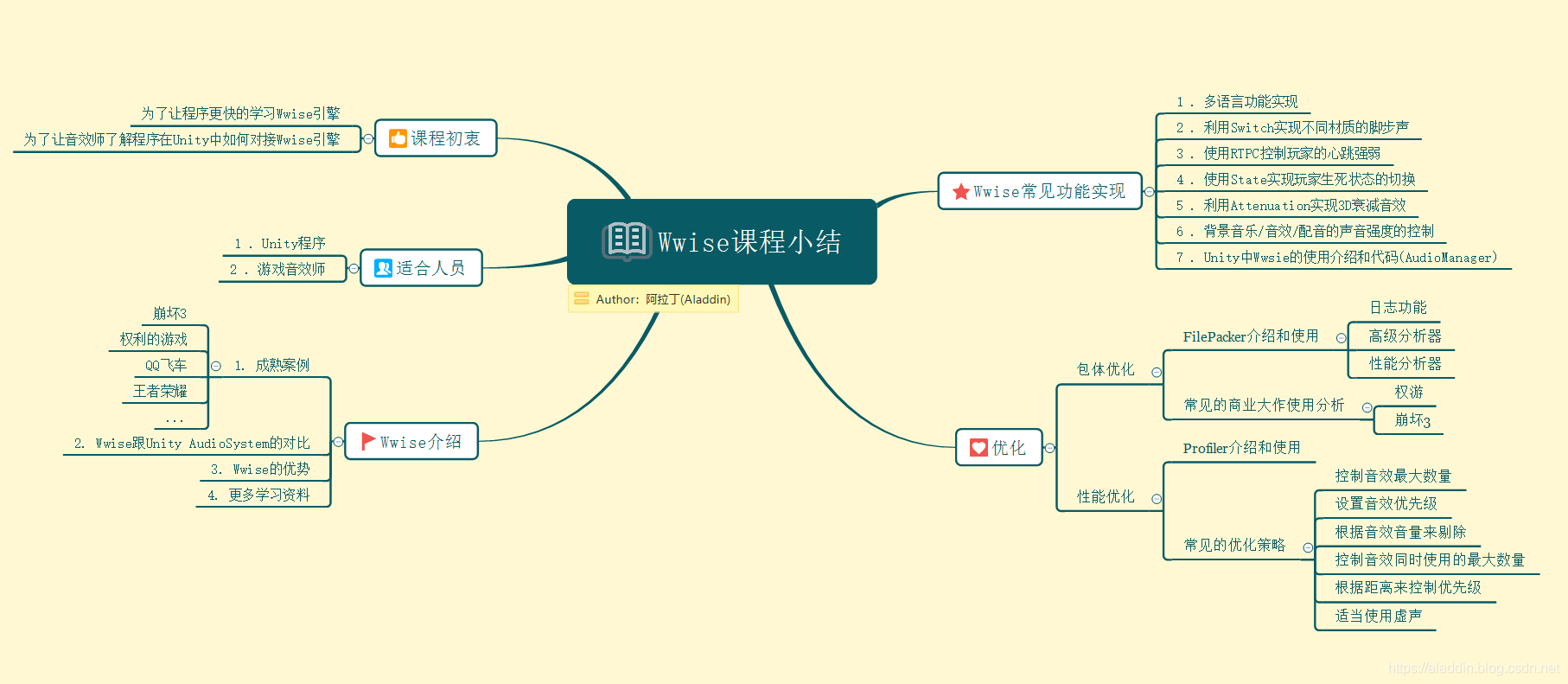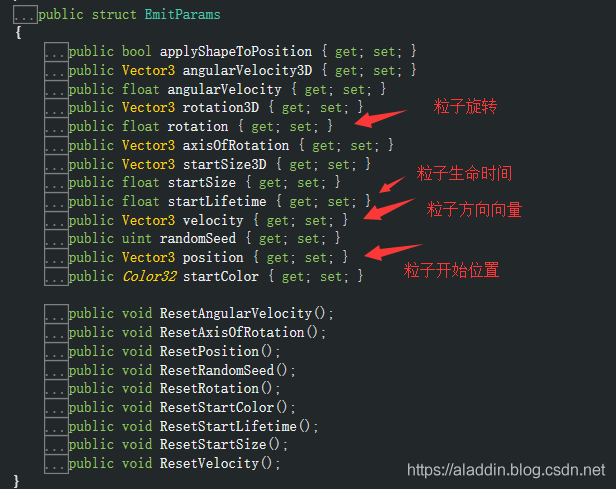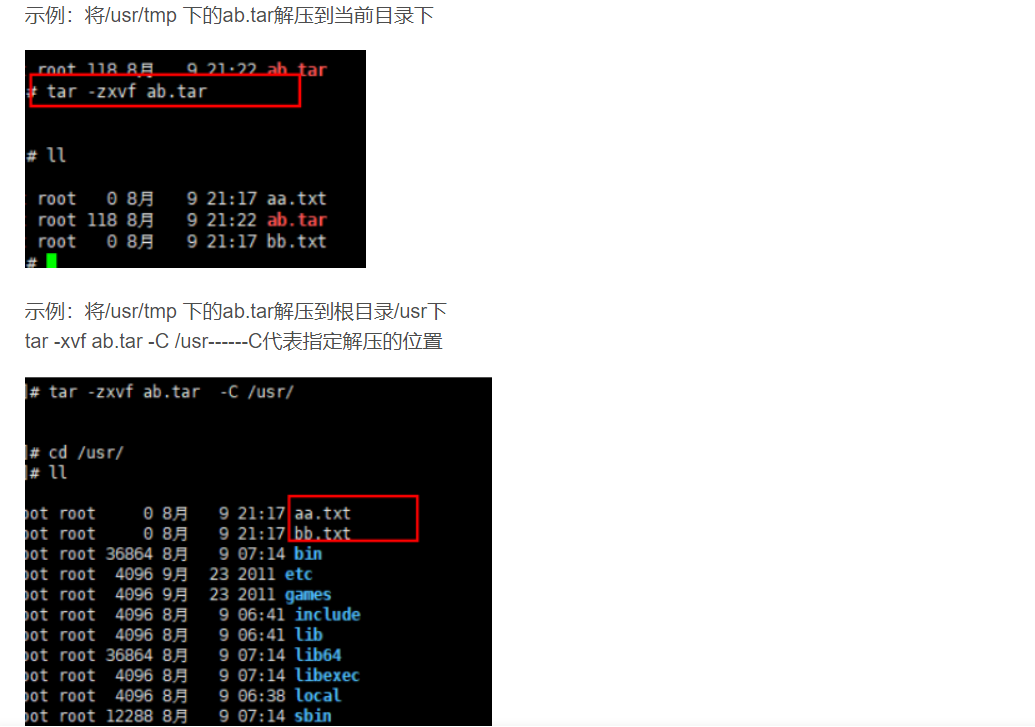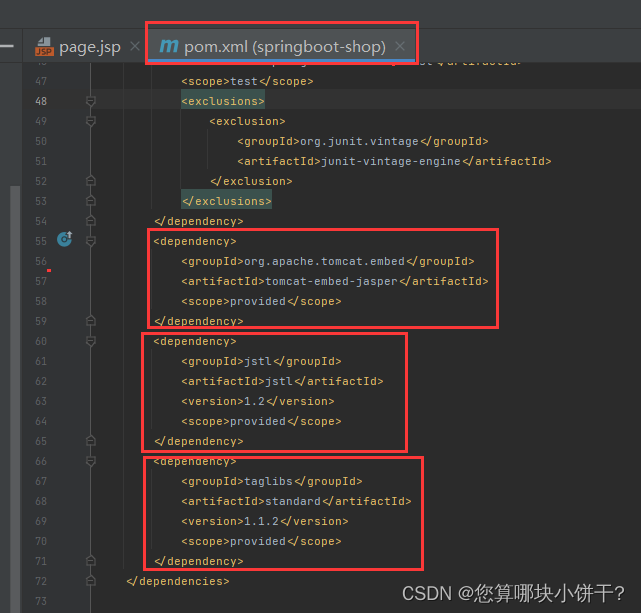当前位置:网站首页>字符串常用方法
字符串常用方法
2022-08-04 05:26:00 【strongest强】
字符串常用方法
let str = 'hello world!';
console.log(str.charAt(6));//w
console.log(str.charAt(20));//输出为空
console.log(str.charAt(-1));//输出为空
//也就是说只能输出0-str.length-1位置的索引
let str = 'hello world!';
console.log(str.concat(' hi,i am fine!'));//hello world! hi,i am fine!
console.log(str);//hello world!
//可以连接多个字符串
let str = 'hello world!';
let str2 = ' hi,'
let str3='strongest-强!'
console.log(str.concat(str2,str3));//hello world! hi,strongest-强!
console.log(str);//hello world!
const str = 'hello world!';
//如果只有一个参数,则会从这个索引位置截取到索引最后的位置,即str.length-1的位置
console.log(str.slice(0));//hello world!
console.log(str.substring(2));//llo world!
console.log(str.substr(5));// world
//两个参数
console.log(str.slice(0,2));//he,可以理解为左闭右开,不会取到右边索引的位置
console.log(str);//hello world!
console.log(str.substring(2, 7));//llo w,可以理解为左闭右开,不会取到右边索引的位置,与slice一样
console.log(str);//hello world!
console.log(str.substr(2, 7));//llo wor,从左边索引位置开始,截取7个字符
console.log(str);//hello world!
//当出现负数的参数
//1.slice()方法会将所有负值参数当成字符串长度加上负数参数的值
//2.substring()方法会将所有负数参数值转换为0
//3.substr()方法会将第一个负参数值当成字符串长度加上负数参数的值,第二个负参数转为0
console.log(str.slice(-2));//d!
console.log(str.slice(-5,-2));//orl
console.log(str.substring(-3));//hello world!
console.log(str.substring(-5,-3));//输出为空
console.log(str.substring(-5,2))//he
console.log(str.substring(8,-2))//hello wo 相当于str.substring(0,8)
console.log(str.substr(-1));//!
console.log(str.substr(-2,-4));//输出为空 相当于截取0个字符
//查询到就返回目标第一次出现的索引位置,否者返回-1
const str = 'hello world!';
console.log(str.indexOf('r'));//8
console.log(str.indexOf('p'));//-1
console.log(str.indexOf('wor'));//6
console.log(str.lastIndexOf('l'));//9
console.log(str.lastIndexOf('ll'));//2
console.log(str.lastIndexOf('m'));//-1
//返回值都是Boolean值,即true和false
//startsWith()方法,当只有一个参数时,查询是否以某字符串开头;若是有第二个参数,表示搜索的索引开始位置
const str = 'hello world!';
console.log(str.startsWith('h'));//true
console.log(str.startsWith('he'));//true
console.log(str.startsWith('e'));//false
console.log(str.startsWith('he',3));//false
console.log(str.startsWith('l',4));//true
//endsWith()方法,查询是否以某字符串结尾,若是有第二个参数,表示应该当做字符串末尾的位置
console.log(str.endsWith('!'));//true
console.log(str.endsWith('ld!'));//true
console.log(str.endsWith('l'));//false
console.log(str.endsWith('ld!',4));//true,实际有效的字符串是o world!
console.log(str.endsWith('ld!',str.length-2));//false,实际有效的字符串是d!
//includes()方法,查询字符串是否含有待匹配的字符串,若是有第二个参数,表示搜索的索引开始位置
const str = 'hello world!';
console.log(str.includes('h'));//true
console.log(str.includes('wo'));//true
console.log(str.includes('vv'));//false
console.log(str.includes('o',9));//false
console.log(str.includes('o',6));//true
const str = 'hello world!';
console.log(str.match('l'));//[ 'l', index: 2, input: 'hello world!', groups: undefined ]
console.log(str.match('l').index);//2
console.log(str.match('l').lastIndex);//2
//match()方法支持正则表达式
console.log(str.match(/.or/));//[ 'wor', index: 6, input: 'hello world!', groups: undefined ]
console.log(str.match(/.or/).index);//6
const str2 = ' strongest-qiang is my pet name ';
console.log(str2);// strongest-qiang is my pet name
console.log(str2.trim());//strongest-qiang is my pet name
console.log(str2);// strongest-qiang is my pet name
const str = 'love you mimi ';
console.log(str.repeat(5));//love you mimi love you mimi love you mimi love you mimi love you mimi
console.log(str);//love you mimi
//padStart()方法,如果只有一个参数,并且字符串的长度小于给定参数的值,则在字符串前面加空格字符
//如果为两个参数,则在字符串前面填补第二个参数.如果给定的参数加上字符串长度大于第一个参数,则会截取,否者会循环复制给定的第二个参数
const str = 'love you mimi ';
console.log(str.padStart(2));//love you mimi
console.log(str.padStart(20,'.'));//love you mimi
console.log(str.padStart(20,'i really'));//i reallove you mimi
console.log(str.padStart(20,'i'));//iiiiiilove you mimi
console.log(str);//love you mimi
//padEnd()()方法与padStart()方法类似,只不过是从字符串后面开始的
console.log(str.padEnd(2));//love you mimi
console.log(str.padEnd(20));//love you mimi ......
console.log(str.padEnd(20,'i really'));//love you mimi i real
console.log(str.padEnd(20,'i'));//love you mimi iiiiii
console.log(str);//love you mimi
const str = 'I am strongest-qiang';
console.log(str.toLowerCase());//i am strongest-qiang
console.log(str.toUpperCase());//I AM STRONGEST-QIANG
console.log(str); //I am strongest-qiang
const str = 'I am strongest-qiang';
console.log(str.replace('qiang', '强'));//I am strongest-强
console.log(str);//I am strongest-qiang
//replce()方法支持正则表达式,如果我们想要把所有相同的字符都取代,就可以用//g,如果不区分大小写取代,就可以用//i,但是只能取代第一个出现的字符,取代所有大小写的字符//gi
console.log(str.replace(/n/g, '强'));//I am stro强gest-qiA强g
console.log(str.replace(/g/i, '强'));;//I am stron强est-qiAng
console.log(str.replace(/a/gi, '强'));//I 强m strongest-qi强ng
//split()里面指定分割的字符
const str = 'I am strongest-qiang';
console.log(str.split(' '));//此处不指定分割符号,会将所有字母都分割
/*输出 [ 'I', ' ', 'a', 'm', ' ', 's', 't', 'r', 'o', 'n', 'g', 'e', 's', 't', '-', 'q', 'i', 'a', 'n', 'g' ] */
console.log(str.split(' '));//此处我们用空格字符进行分割[ 'I', 'am', 'strongest-qiang' ]
console.log(str.split('-'));//此处我们用-字符进行分割[ 'I am strongest', 'qiang' ]
console.log(str);//I am strongest-qiang
结束语
- 这些字符串方法是我总结常使用的,或多或少会有些没写,大家可以看官方文档进行查漏补缺。制作不易,麻烦各位看官一键三连,谢谢!
边栏推荐
猜你喜欢

MySQL数据库(基础)

Wwise入门和实战

Grain Mall - Basics (Project Introduction & Project Construction)

Cannot read properties of null (reading 'insertBefore')

The symbol table

程序员也应了解的Unity粒子系统

TensorRT例程解读之语义分割demo

Programming hodgepodge (4)

8.03 Day34---BaseMapper query statement usage

4.3 Annotation-based declarative transactions and XML-based declarative transactions
随机推荐
Unity DOTS学习教程汇总
想低成本保障软件安全?5大安全任务值得考虑
CentOS7 —— yum安装mysql
Cannot read properties of null (reading 'insertBefore')
How to view sql execution plan offline collection
Several ways to heavy
7、特殊SQL的执行
Camera2 闪光灯梳理
npm报错Beginning October 4, 2021, all connections to the npm registry - including for package installa
7.16 Day22---MYSQL (Dao mode encapsulates JDBC)
文献管理工具 | Zotero
梳理CamStyle、PTGAN、SPGAN、StarGAN
强制结束进程
乱码解决方案
ORACLE LINUX 6.5 安装重启后Kernel panic - not syncing : Fatal exception
sql server如何得到本条记录与上一条记录的差异,即变动值
TensorRTx-YOLOv5工程解读(二)
4.2 声明式事务概念
Delphi-C端有趣的菜单操作界面设计
如何将 DevSecOps 引入企业?